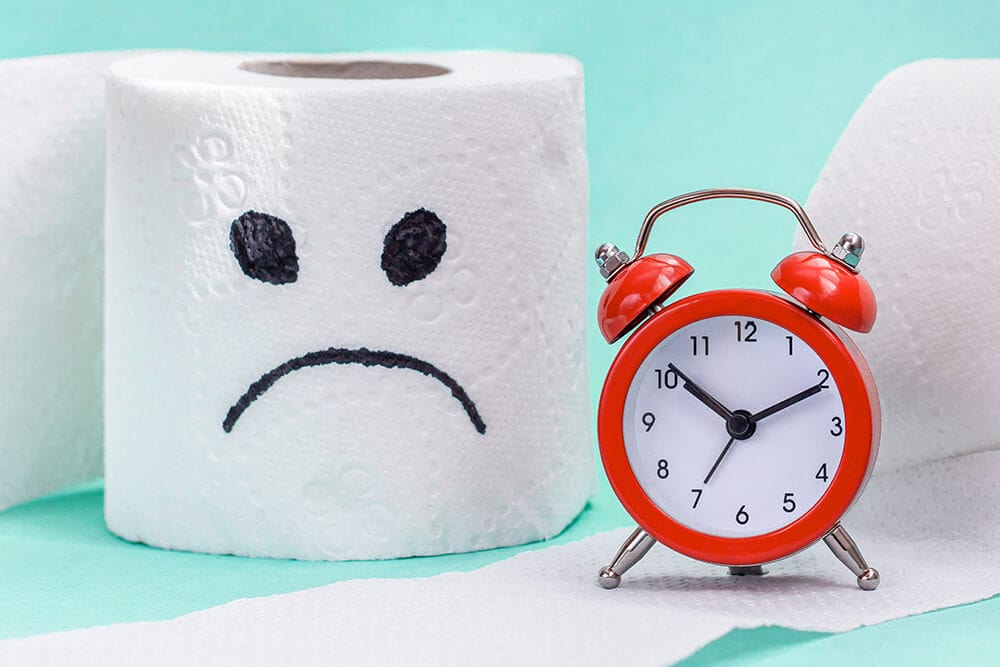What Is Duodenitis Without Bleeding?
Duodenitis without bleeding is inflammation or irritation of the duodenum (the first part of the small intestine) without any visible bleeding. It can cause upper-abdominal discomfort, but with timely diagnosis and simple treatments diet changes, medications, and addressing underlying causes most people recover quickly.
Common Causes and Risk Factors
- H. pylori infection : a bacteria that weakens the digestive lining
- NSAID overuse : frequent use of ibuprofen, aspirin, or naproxen
- Excess stomach acid : from GERD or other acid-producing conditions
- Smoking and alcohol use : both irritate the intestinal lining
- Stress or autoimmune disorders : can trigger or worsen inflammation
Signs and Symptoms
- Burning or aching pain in the upper belly
- Feeling full quickly after meals
- Bloating, nausea, or mild vomiting
- Reduced appetite
- Occasional heartburn
- Discomfort often worsens when your stomach is empty
How Dr. Rishi Diagnoses Duodenitis Without Bleeding?
Dr. Rishi uses a step-by-step approach:
Medical History and Physical Exam
He reviews your symptoms (pain, bloating, nausea), medication use (NSAIDs, aspirin), lifestyle factors (smoking, alcohol), and other risk elements.
Lab Testing
Breath or stool tests to detect Helicobacter pylori infection.
Endoscopy
A thin, flexible camera inspects your duodenum; small tissue samples (biopsies) are taken to confirm inflammation and rule out ulcers.
Imaging (if needed)
- Abdominal X-ray to exclude structural issues.
- CT scan for detailed visualization when warranted.
Frequently Asked Questions
What is duodenitis without bleeding?
Duodenitis without bleeding is inflammation of the duodenum (first part of the small intestine) with no visible bleeding. (ICD-10 code: K29.60)
How can I tell if I have it?
Common signs include upper-abdominal pain or burning, bloating, nausea, early fullness, and occasional heartburn often worse on an empty stomach.
What is the ICD-10 code?
The medical coding for duodenitis without bleeding is K29.60, used for documentation and insurance purposes.
Can it lead to an ulcer?
Yes. If left untreated, duodenitis can progress to duodenal erosions or ulcers, even in the absence of bleeding.
Is H. pylori always the cause?
No. While H. pylori infection is common, other causes include NSAID overuse, excess stomach acid, stress, smoking, and alcohol use.
Do I need an endoscopy?
In most cases, yes. Endoscopy with possible biopsy confirms the diagnosis, rules out ulcers, and checks for other conditions.











